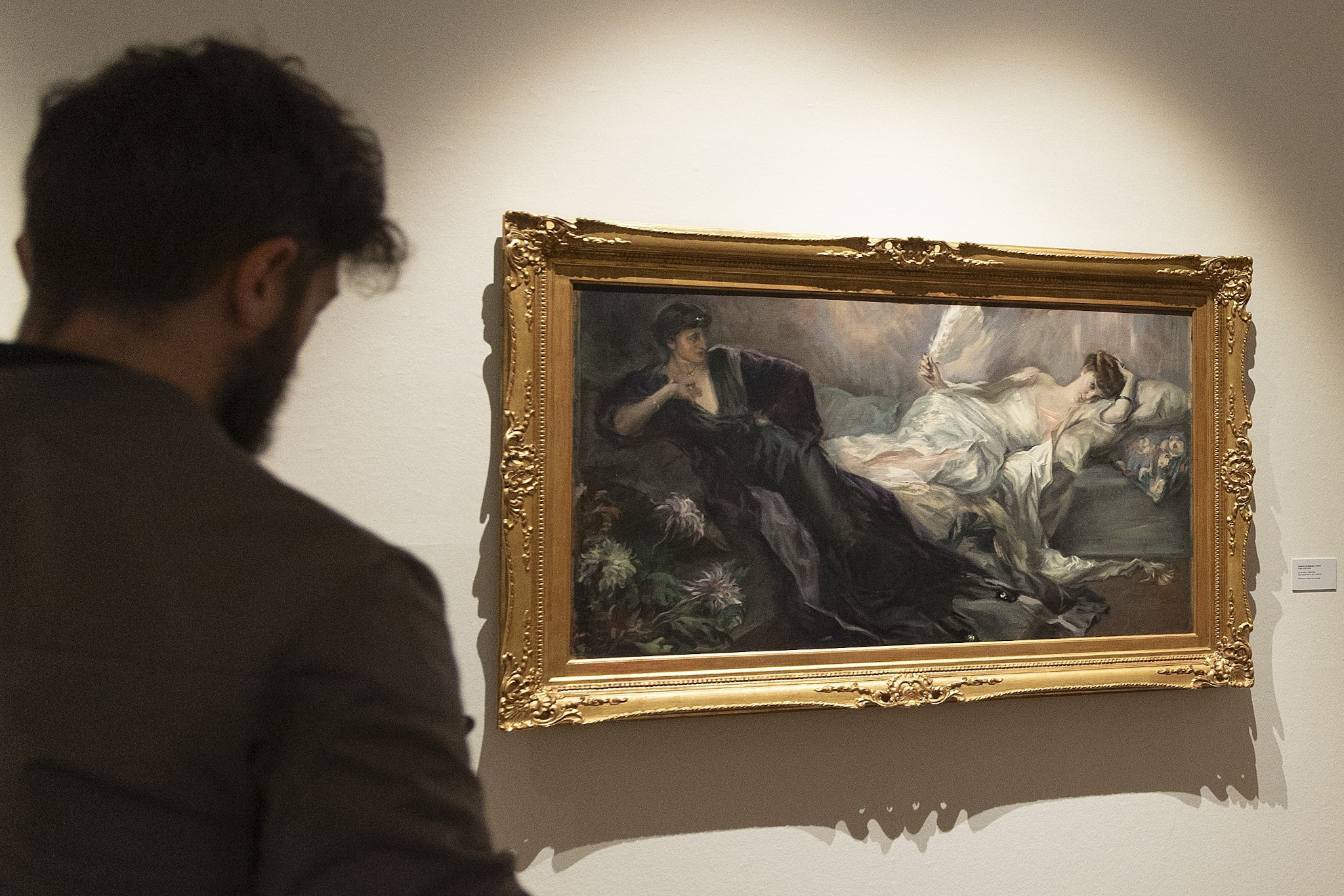This Saturday, 14 September, Caceres will celebrate the seventh edition of the Heritage Night with a series of cultural activities and the opening of heritage spaces between 20.30 and 24.00 hours. Unicaja joins this initiative, opening to the public the archaeological remains of Roman times that houses the Palace of Mayoralgo.
This is the largest cultural event held simultaneously among the 15 cities that make up the Group of World Heritage Cities of Spain. This event, whose programme in Caceres was presented this week by the City Council, is structured in three sections: Abierto patrimonio, Escena patrimonio and Vive patrimonio.
With ‘Abierto Patrimonio’ ('Heritage Open'), most of the monuments and buildings of cultural interest in the monumental environment can be visited freely, as is the case of the courtyard of the Mayoralgo Palace, where visitors can discover the archaeological remains of Roman times that it treasures.
Unicaja joins, with the opening of this space, the celebration of Heritage Night, helping to promote access to culture and heritage, especially in its regions of origin, in line with its sustainability strategy.
Traces of the city’s history
Located in the Plaza de Santa María in the capital, the Palace of Mayoralgo keeps visible inside the Roman remains, which were discovered in the courtyard of the building during the rehabilitation of the building in 2001 and occupy an area of more than 500 square meters.
The excavations of these remains documented different occupational phases, from the first century B.C. to the present day. A series of overlapping houses and facilities from different periods and that would allow us to know an important part of the origin and development of the city. Among them, a part of the forum of the city Norba Caesarina, a stretch of roadway, as well as a house with a courtyard and cistern in the center.
Among the archaeological material found, and deposited in the Museum of Cáceres, there is a gold-plated bronze torso from the Roman High-Imperial period, ceramics of different chronologies and types (lamps, plates, amphorae,...), an Almohad seal and a joker piece from a board game.



